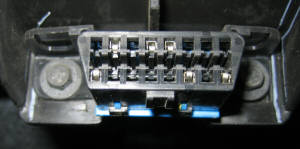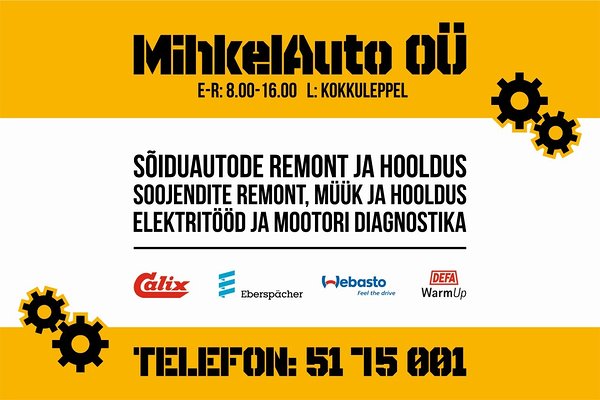What is EOBD?
EOBD is an abbreviation of European On-Board Diagnostics.
All petrol cars sold within Europe since 1 Jan 2001, and diesel cars manufactured from 2003, must have on-board diagnostic systems to monitor engine emissions.
These systems were introduced in line with European Directive 98/69/EC to monitor and reduce emissions from cars.
All such cars must also have a standard EOBD diagnostic socket that provides access to this system (as shown below).

Where is the connector?
The EOBD connector is required by the Directive to be located within the passenger compartment of the car, within reach of the driver's seat. Tools should not be required to reveal the connector, but it may have a removeable cover over it.
The Three Flavors of OBD II
While the parameters, or readings, required by OBD II regulations are uniform, the auto manufacturers had some latitude in the communications protocol they used to transmit those readings to scanners. Naturally, each felt they had the one true way, so we have three different OBD II communications protocols in use.
The big scanner consoles costing thousands of euro include the decoding software and firmware for all three protocols in their units, making them universal. Less expensive units, for home or small shop use, are usually customized for a specific communications protocol. Be sure the scanner you are using suits the protocol of your car.
What Communications Protocol does my vehicle use?
As a rule of thumb, GM cars and light trucks use SAE J1850 VPW (Variable Pulse Width Modulation). Chrysler products and all European and most Asian imports use ISO 9141 circuitry. Fords use SAE J1850 PWM (Pulse Width Modulation) communication patterns.
There are some variations among captive imports such as the Cadillac Catera, a German Opel derivative, which uses the European ISO 9141 protocol.
On 1996 and later vehicles, you can tell which protocol is used by examining the OBD II connector:

J1850 VPW--The connector should have metallic contacts in
pins 2, 4, 5, and 16, but not
10.
ISO 9141-2--The connector should have
metallic contacts in pins 4, 5, 7, 15, and
16.
J1850 PWM--The connector should have metallic
contacts in pins 2, 4, 5, 10, and
16.
If your vehicle has this style connector, but doesn't have these pins populated, you probably have a pre-OBDII vehicle. To add some confusion, even having the connector with the contacts shown above is not a guarantee of OBD II compliance. This style connector has been seen on some pre-1996 vehicles which were not OBD II compliant.

